BUILDING BLOCKS OF SOUP

Soups can generally be categorized into three major types: thin/clear soups, creamy soups and purees. Soups can be one of these styles, a combination of two, or all three! We are going to break down the basic building blocks as a way to help build a foundational knowledge of soups and their different components.
We love soups for their versatility and wide range of flavors, textures and styles. Soup can be comforting and satisfying as well as nutrient dense. Once you grasp the basic building blocks, it makes it easier to create your own recipes and get creative in the kitchen with different kinds of soups.
Thin/Clear Soups
Broth: A flavorful liquid, usually stock, enhanced by simmering with flavoring agents to extract their flavors, then straining. This is the base of many soups.
Stock base: Seasoned stock/liquid base with added vegetables, meats, noodles or other starches (ex: rice, potatoes) & flavorings (herbs, spices, vinegars, etc.).
Creamy Soups
Roux Thickened: Utilizes a roux (roughly equal parts of fat & flour cooked together) either at the beginning or end of the cooking process to thicken the soup and gives it a velvety/creamy texture and mouth feel.
Creamed with Dairy (or non-dairy alternative): Milk, ½ & ½, cream, yogurt, sour cream, coconut milk, etc. can be added to just about any soup. Dairy products that are added can be simmered, but should not be boiled as the high temperature will curdle them.
Purees
Hot Purees: Uses produce, cooked legumes or other starches cooked in a liquid base, sautéed or roasted & pureed using a blender or emersion blender.
Cold Purees: Uses produce, legumes or other starches pureed with liquid using a blender or immersion blender. Served chilled.
For two simple soup recipes that you can make right now, check out our Carrot Ginger Coconut Cream Soup, and our White Bean & Greens Soup recipe.
